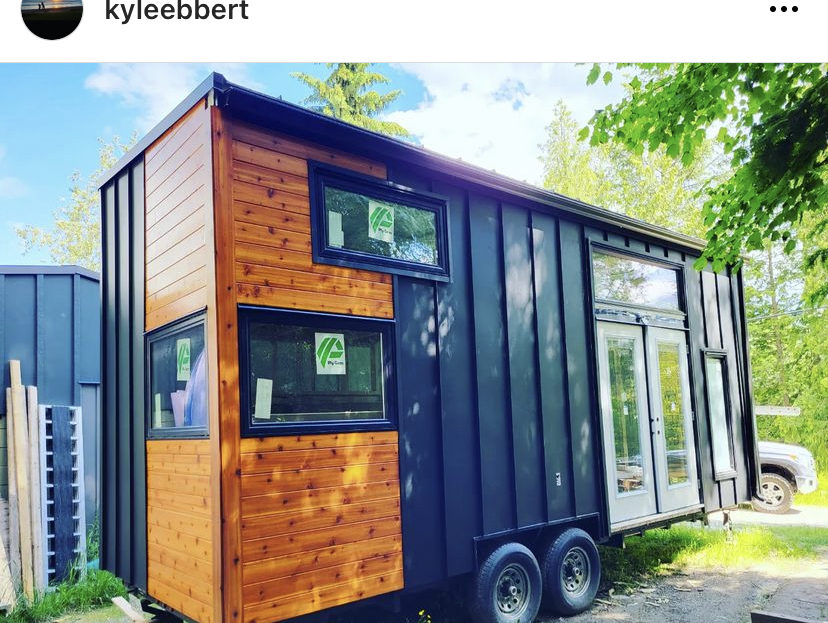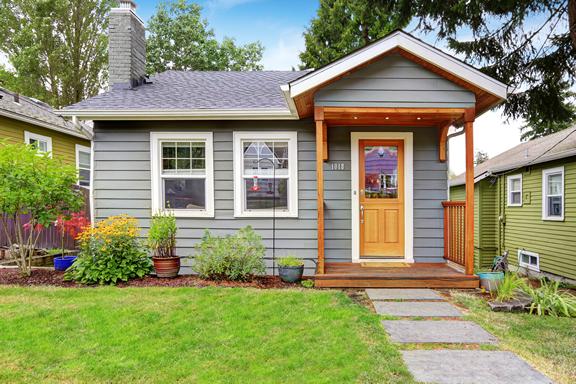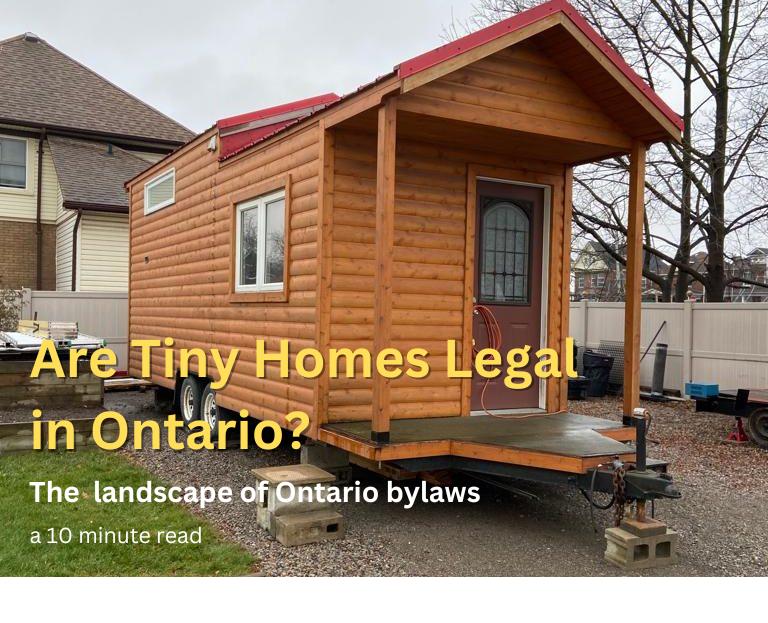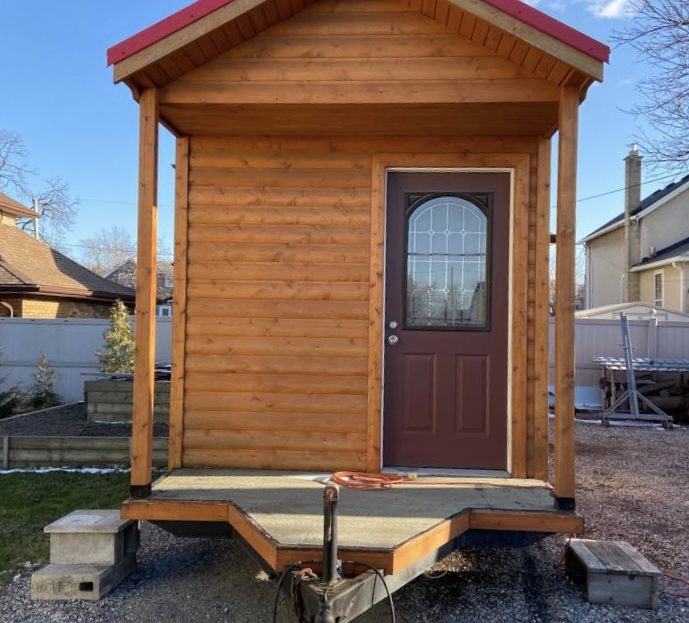Small but Mighty: Navigating the Legalities of Tiny Homes in Ontario
Not all Provinces in Canada are the same, but as it stands, BC and Ontario have the largest Tiny Home Communities across the country, with rapidly growing interest in Builders, DIY Tiny Homes, and Parking Opportunities. But are they legal?

- Total square footage of over 188 square feet.
- A living/sleeping area, bathroom with bath/shower, cooking area with running water
- The tiny home must be built to the Ontario Building Code.
- The tiny home requires a building permit from the relevant municipality. (This means that the tiny home complies with all of the by-laws. Note that for many municipalities, this means that the tiny home can not have wheels.). Knowing your local bylaws is a huge help when finding a place to park your Tiny Home in Ontario.
Some municipalities won’t allow tiny homes with wheels, and that means companies are getting innovative – designing tiny homes without wheels, but with the same warmth, comfort and charm as Tiny Homes in Canada with wheels.
On OCT 23, 2023, the Ontario Government released this guide to
BUYING or BUILDING a Tiny Home.
it states:
For the purposes of this guide, a “tiny home” is a small, private and self-contained dwelling unit:
- with living and dining areas
- with kitchen and bathroom facilities
- with a sleeping area
- intended for year-round use
A tiny home can be a primary home or a separate structure on a property that already has an existing house. Campers, recreational vehicles, cottages and other structures used on a seasonal basis are not considered tiny homes.
For example, here is an on-site Tiny Home:

To navigate all of this, it helps to find a builder who builds to the 2-stage certification. If the building company doesn’t have this type of certification, the house might need to be partially finished. This lets the municipality do its inspections on-site and ensure the building is to code.
Adding a Tiny Home to your property
Before you decide to add a tiny home to your property, it is important that you first speak with your local municipal planning and building departments. They can tell you whether you can add or build a tiny home to your property and answer questions related to the Building Code, zoning and other by-laws.
Important things to speak with your municipality about as you consider building a tiny home include:
- municipal zoning requirements that apply to your property
- designing your tiny home to comply with the Building Code
- getting necessary building permits
- required building inspections during construction
- parking requirements
- size requirements for tiny homes, if any
- rules about connecting to municipal services, if available
- You can put a tiny home on an empty lot that you own, as long as the tiny home follows all building code requirements.
- Your backyard. (Even in your backyard, you need a permit, follow the building codes and by-laws.)
- Tiny house communities. There are several throughout Ontario, to learn more, visit the Tiny House Community of Ontario Facebook page.
- Your home construction site. You’re allowed to live in a tiny house for up to 2 years on-site while your main house is being built.
- In some municipalities, extra living spaces are allowed on the same land.
Thank you for reading and best of luck in your endeavors of living a life of ease, wellness, and peace of mind.


